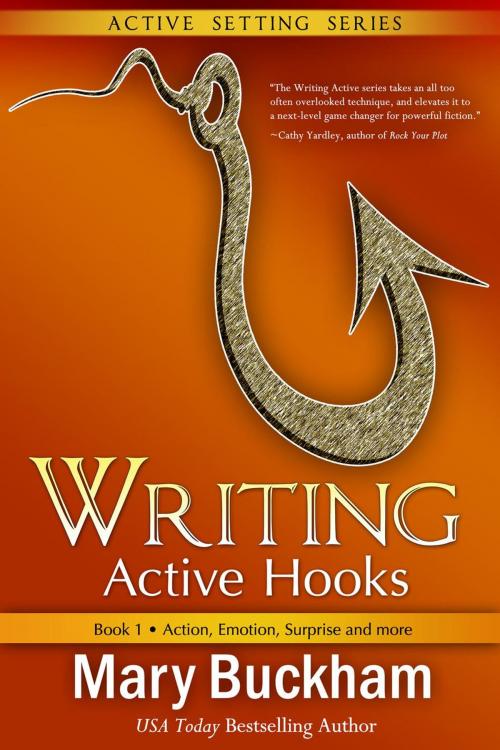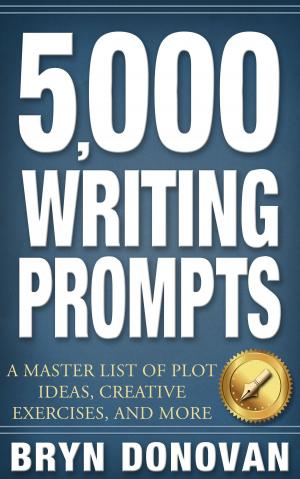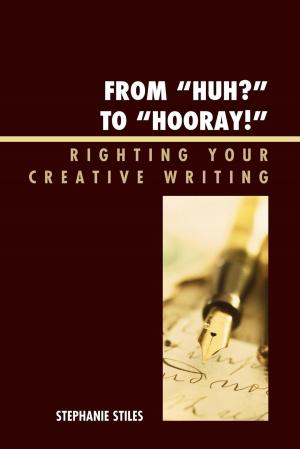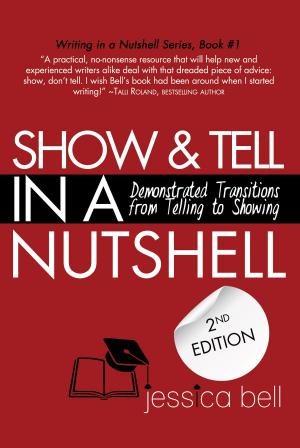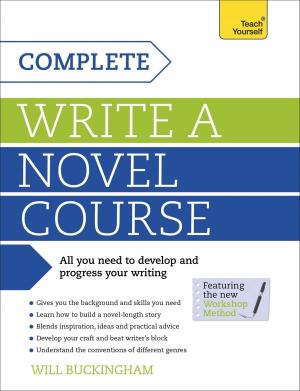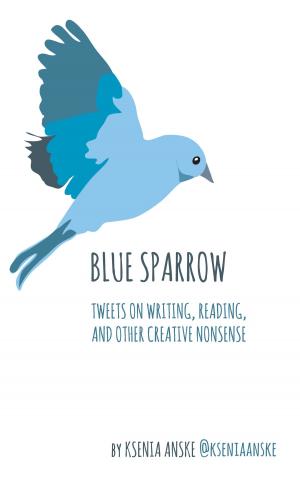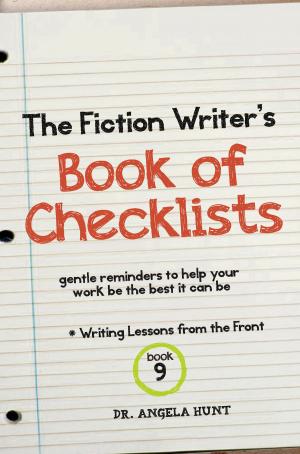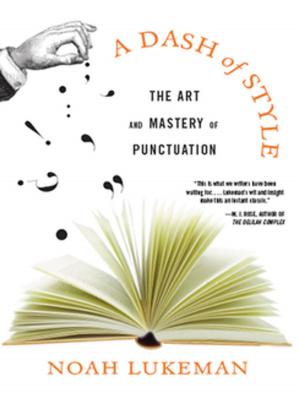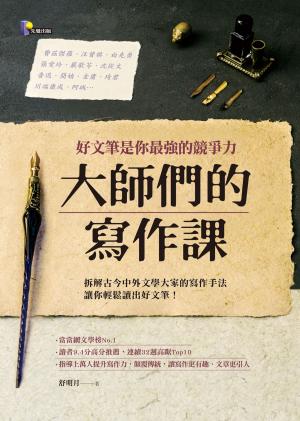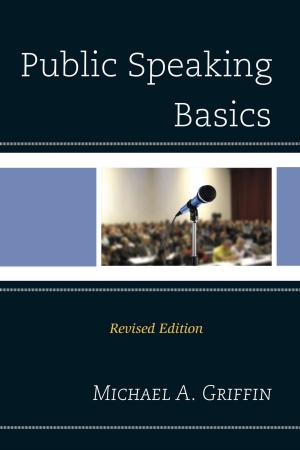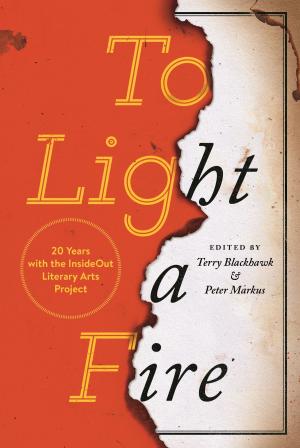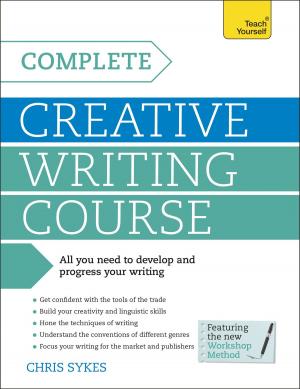Writing Active Hooks Book 1: Action, Emotion, Surprise and More
Writing Active Hooks, #1
Nonfiction, Reference & Language, Language Arts, Writing & Publishing, Publishing, Composition & Creative Writing| Author: | Mary Buckham | ISBN: | 9781939210241 |
| Publisher: | Cantwell Publishing, LLC | Publication: | October 3, 2014 |
| Imprint: | Language: | English |
| Author: | Mary Buckham |
| ISBN: | 9781939210241 |
| Publisher: | Cantwell Publishing, LLC |
| Publication: | October 3, 2014 |
| Imprint: | |
| Language: | English |
Many writers have heard of hooks, and have heard we should use them in our manuscripts as a tool to engage readers and keep them engaged, but what we’re not told is how to identify what a hook is or where to use them to maximize them other than in that key opening line.
In this book we’ll look at five specific types of hooks. There are more, but these are the most common, and the most universal, which means by understanding how to craft them, most readers will respond to them. Some will resonate more with you than others. That’s true with all readers, too. The important element to remember is to use hooks wisely and judiciously through your manuscript and to understand their intent.
Why? Because hooks help guide your reader deeper and deeper into your book. They are road signs that intentionally entice and direct them to turn the page and keep reading.
The intention of the first line of your book is to get the second line read. The intention of the second line is to compel the reader to read until the end of the first paragraph. The intention of the first paragraph is to get the first page read. The intention of the end of the first page is to get your reader to turn the page and keep going.
But it doesn’t stop there. The intention of the end of a chapter or scene is to compel the reader to keep reading, at least begin the next scene or chapter where you thread in hooks. The intention of the end of your book is to entice the reader to pick up the next book in the series or, if you’re writing a stand alone or single title book, to feel compelled to find more of your books or find out about you as an author.
The strongest hooks raise questions or reactions in a reader. A reaction, whether reluctant or not, is subconsciously drawn that makes the reader want to discover more. It’s not the kinds of questions raised that will take the reader to the end of the book to discover the answers, though some may have elements of that included. No, it’s smaller increments of curiosity we’re raising with our word choices and strategic use of hooks. We’re seeking the kinds of responses that pay off for both reader and author.
Many writers have heard of hooks, and have heard we should use them in our manuscripts as a tool to engage readers and keep them engaged, but what we’re not told is how to identify what a hook is or where to use them to maximize them other than in that key opening line.
In this book we’ll look at five specific types of hooks. There are more, but these are the most common, and the most universal, which means by understanding how to craft them, most readers will respond to them. Some will resonate more with you than others. That’s true with all readers, too. The important element to remember is to use hooks wisely and judiciously through your manuscript and to understand their intent.
Why? Because hooks help guide your reader deeper and deeper into your book. They are road signs that intentionally entice and direct them to turn the page and keep reading.
The intention of the first line of your book is to get the second line read. The intention of the second line is to compel the reader to read until the end of the first paragraph. The intention of the first paragraph is to get the first page read. The intention of the end of the first page is to get your reader to turn the page and keep going.
But it doesn’t stop there. The intention of the end of a chapter or scene is to compel the reader to keep reading, at least begin the next scene or chapter where you thread in hooks. The intention of the end of your book is to entice the reader to pick up the next book in the series or, if you’re writing a stand alone or single title book, to feel compelled to find more of your books or find out about you as an author.
The strongest hooks raise questions or reactions in a reader. A reaction, whether reluctant or not, is subconsciously drawn that makes the reader want to discover more. It’s not the kinds of questions raised that will take the reader to the end of the book to discover the answers, though some may have elements of that included. No, it’s smaller increments of curiosity we’re raising with our word choices and strategic use of hooks. We’re seeking the kinds of responses that pay off for both reader and author.
